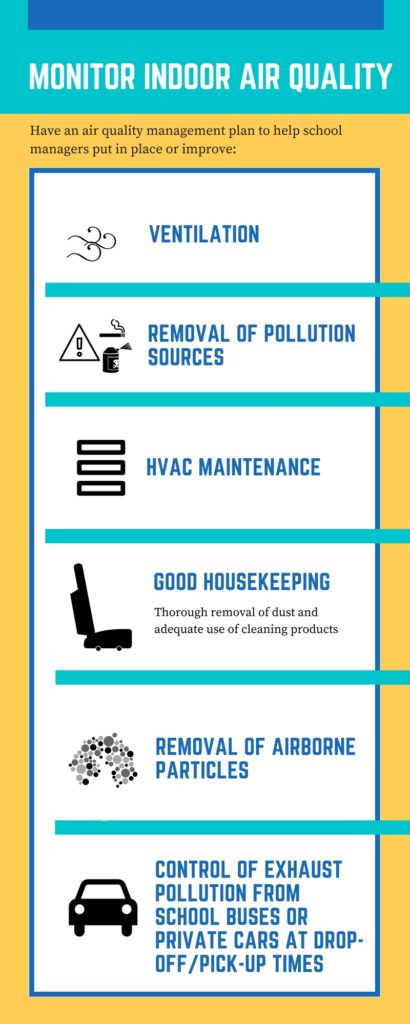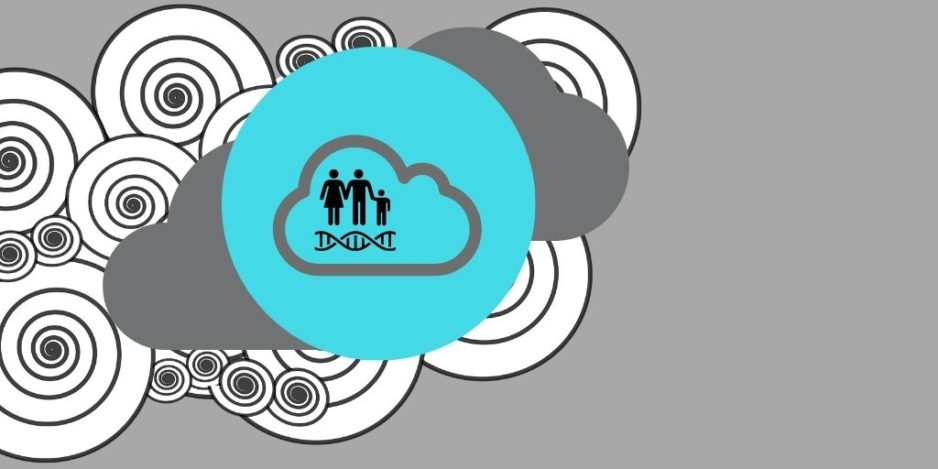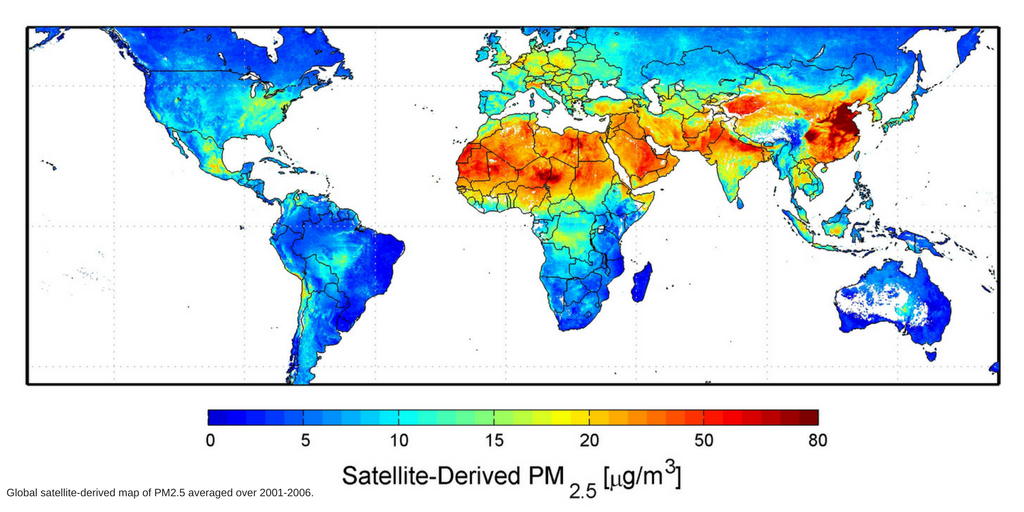How often do we think about the air quality in our children’s school, where they spend almost a third of their day?
In cities with poor outdoor air quality, schools usually limit outdoor physical education and break time according to local outdoor air quality readings. But what about the quality of the indoor air?
Let’s think about it for a moment!
Studies have shown that poor air quality in schools increase absenteeism, decrease test scores and compromise staff and student productivity.
When we think of academic excellence we’ll seldom think of structural and maintenance practices that can provide the optimal environment for teachers and students to thrive. Nonetheless, leaky roofs, poor heating, ventilating and air conditioning systems (HVAC), inappropriate use of cleaning products among others can make a difference in academic excellence.
In fact, poor indoor air quality can cause asthma, respiratory infections and allergic diseases which start a spiral of effects from school absenteeism to poor performance.
What is the impact of indoor air quality in schools?
Asthma, respiratory infections and allergic diseases are commonly caused or exacerbated by moisture in HVAC system, microbiological pollutants, animal allergens, nitrogen dioxide or other combustion byproducts, chemicals in cleaning products, low ventilation, formaldehyde, dampness, mold, outdoor pollutants or vehicle exhaust.
Asthma for example is suffered by millions across the world – approximately 1 in every 10 children! And it is the main reason students skip school in the US. Asthma can be controlled with medications after it occurs but a great deal can be done before it occurs by controlling the environmental triggers, especially in closed environments like schools.
For optimal indoor air quality in schools, we need to:

Sources:
US EPA (United States Environmental Protection Agency) – Printable Version of the Coordinator’s Guide for Indoor Air Quality
US EPA (United States Environmental Protection Agency) – Indoor Air Quality in High Performance Schools
US EPA (United States Environmental Protection Agency) – Managing Asthma in the School Environment




